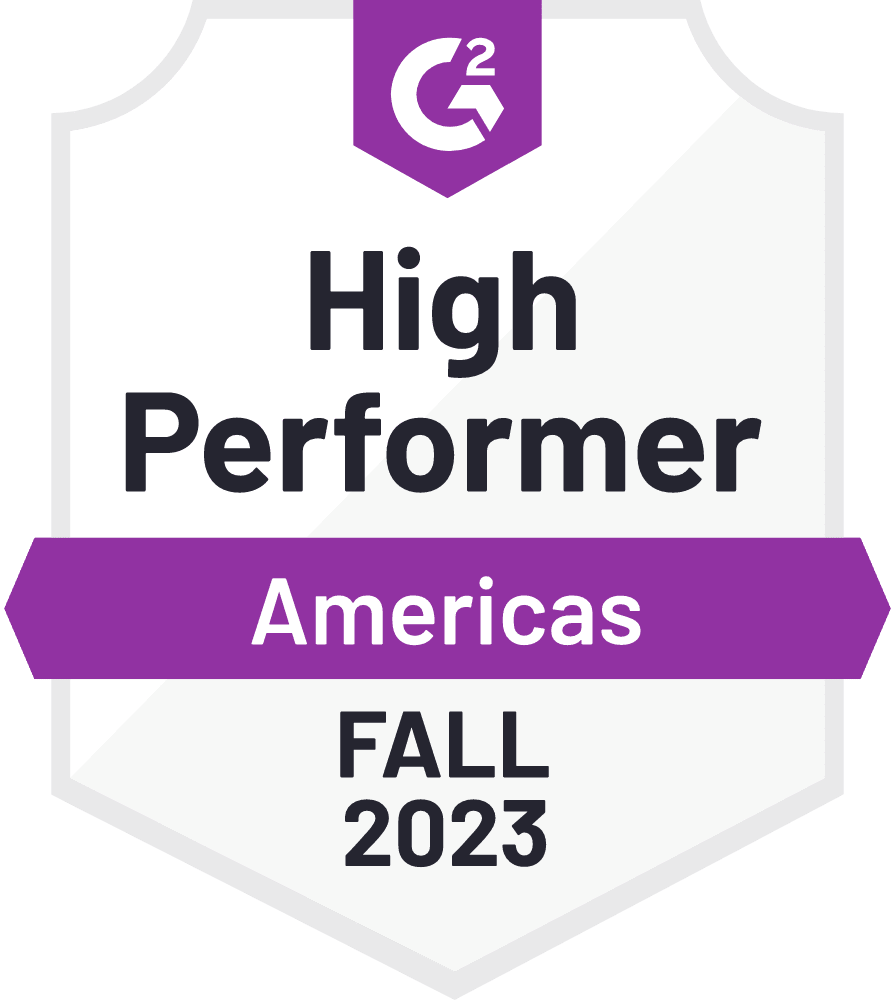It’s arrived, it’s here, and it’s been put into effect this year – the new Department of Labor’s final overtime rule has changed the way you must calculate your employees’ overtime pay, and it affects every business, no matter the size or industry. This new DOL rule increased the overtime exemption threshold from $455 to $684 per week ($23,660 to $35,568 per year). These changes are predicted to make over one million more workers eligible for overtime pay. Will some of your LPNs, aides, and other employees be affected by the new rule? Find out here as we explore the answer to this question.
Why Overtime Matters for You:
If you do business in New York, California, or any other jurisdiction where the salary threshold is already higher than $684 per week, this new rule won’t affect you. That’s because you should already be complying with the greater employee protection of your state, which supersedes federal law.
Let’s say you purchase medical supplies from your neighboring state. You’ve just done interstate commerce. Does that mean you are now required to track and pay overtime for every single one of your employees? No. There are exceptions (of course), or exemptions – as they are called in “labor-ese.” When an employee is “exempt,” it means you don’t have to pay him or her minimum wage or overtime under federal law. (Keep in mind that state law may still require it – but we’ll leave that for a different time.) When an employee is “non-exempt,” it means that you do have to pay overtime and minimum wage under federal law.
What are some of these exemptions? The most common is EAP. That doesn’t stand for employee assistance program. It stands for executive, administrative, and professional. Those three types of employees are exempt under FLSA if they meet two tests, called the duties test and the salary test. Once they pass, even if they work a 45- or 50-hour week (or more), you don’t owe them overtime premiums.
How You Determine Who is Eligible for Overtime:
The Duties Test:
The duties test is a laundry list of duties that an employee must perform in order to be classified as executive, administrative, or professional. The DOL put together a nifty fact sheet that can help you classify your staff. There were no changes to the duties test for 2020.
The Salary Test:
The final rule change that everyone is talking about pertains to the salary test. To qualify as an EAP under the pre-2020 rule, an employee must have been paid on a salaried basis, and that salary must have been at least $455 per week ($23,660 per year). Employee advocacy groups had long claimed that this threshold – last updated in 2004 – was outdated and did not reflect economic realities. The intention of the salary test, these groups argued, is to protect the rights of lower-end wage earners. The DOL had actually tried to remedy this disconnect between its rule and the real world back in 2016 by proposing an increase of the weekly threshold to $913 and the annual salary to $47,476, but that attempt never succeeded. A federal district court in Texas invalidated the rule, and the DOL went back to the drawing board. The result? The final rule, with a more modest increase than the first, will affect approximately 3.7 million fewer workers.
Is This the Only Change?
No. In addition to increasing the threshold, there are a few more changes that may be pertinent to skilled nursing facilities.
- The threshold for highly-compensated employees will increase from $100,000 to $107,432. These employees don’t have to pass the full duties test, but only a streamlined version, to fall under the EAP exemption.
- The salary threshold will be subject to potential increases on a more frequent basis, pursuant to a public notice-and-comment period.
- Non-discretionary bonuses and incentive payments (like commissions) can be counted towards up to 10% of the threshold. Under the pre-2020 rule, bonuses and commissions didn’t count. The DOL will even allow employers to pay just 90% throughout the year and make a catch-up payment within the first pay period after year-end, in case the employee’s bonuses and commissions don’t bring them over the limit.
- Lower thresholds will apply to US territories as follows:
- Puerto Rice – $455 per week
- Virgin Islands – $455 per week
- Guam – $455 per week
- Northern Marianna Islands – $455 per week
- American Samoa – $380 per week
What Happens Next?
If you have EAP employees who are now earning between $23,660 and $35,568, you’ll want to consider increasing their pay to boost them back up into the overtime exemption zone. Or, you’ll want to assess their current and projected work schedules to approximate their overtime.
For example, if Samantha Jones is a professional employee who earns $32,000 but rarely works more than a 40-hour week, you’d probably want to keep her salary at its current level. Even though she’d be subject to overtime under the new rule, you probably won’t owe her much since her hours usually don’t exceed 40 per week. However, if Brenner Smith is an administrative employee earning $34,000 and regularly puts in 10-hour days, it may be beneficial to give him a $1,568 increase for the year and not have to track and pay his overtime.
Of course, you’ll need to consider many other factors in making pay increase decisions, including workplace morale, equity, and potential exposure to claims of discrimination. As always, be sure to check with a labor attorney regarding pay and scheduling decisions.
This information is for educational purposes only, and not to provide specific legal advice. This may not reflect the most recent developments in the law and may not be applicable to a particular situation or jurisdiction.










